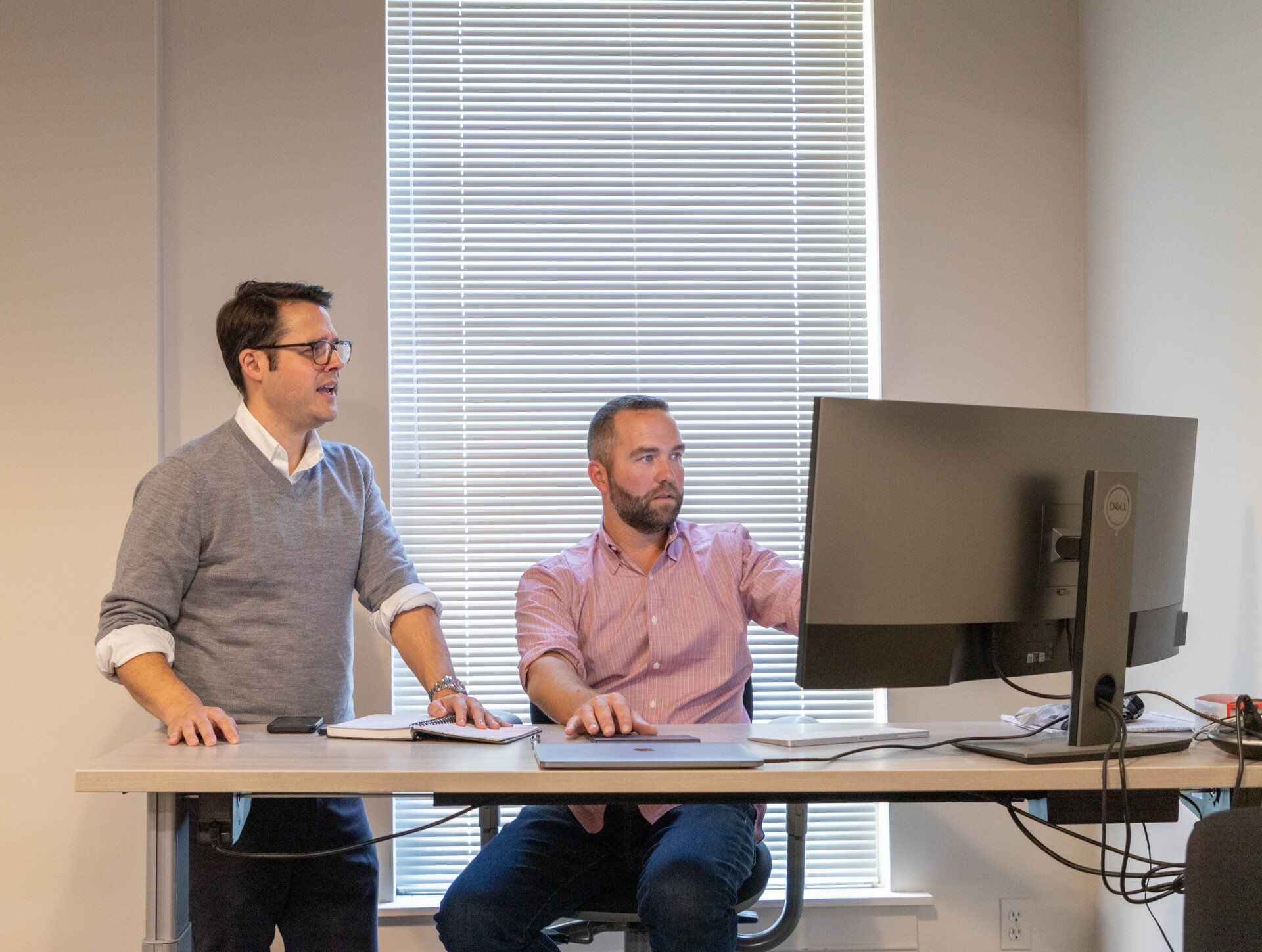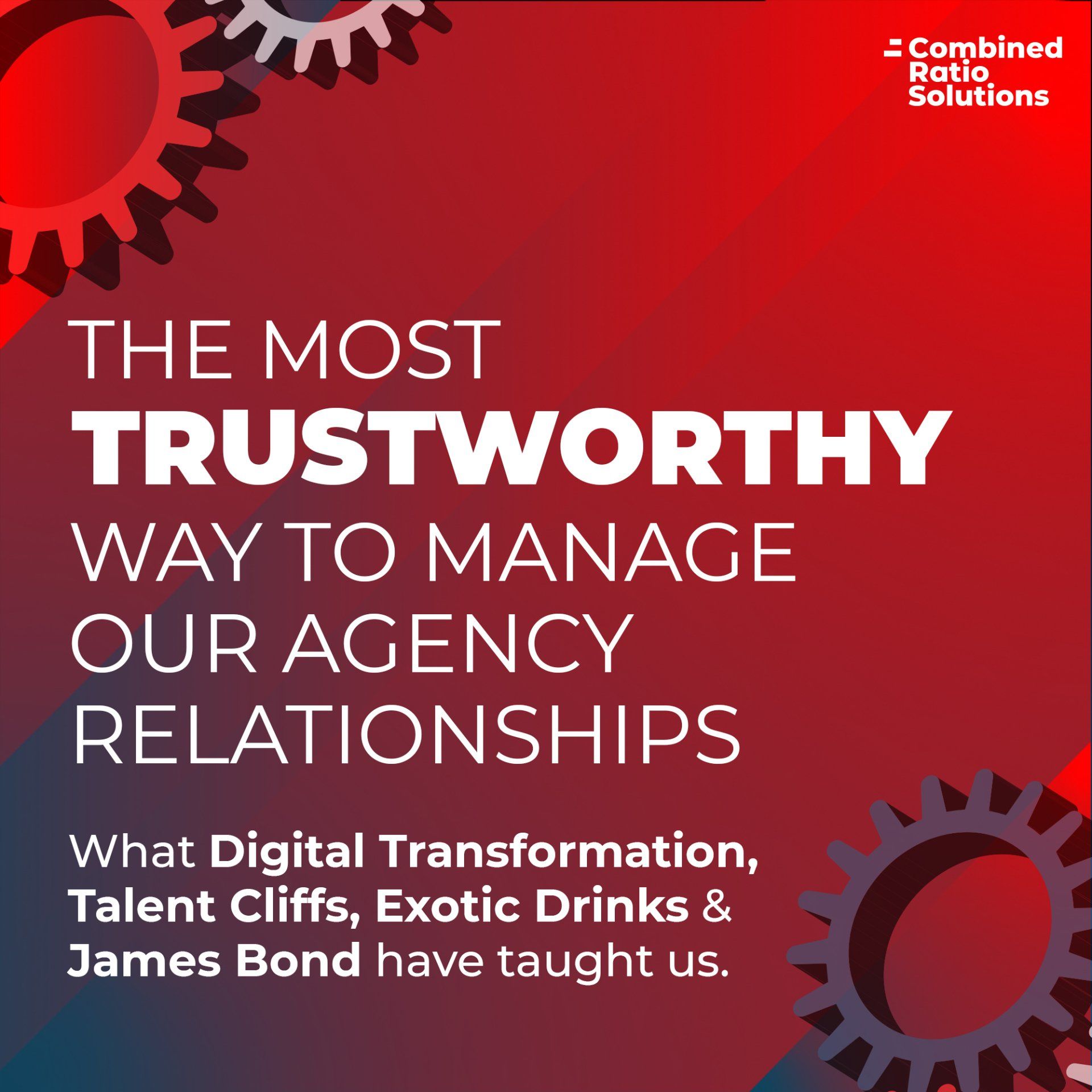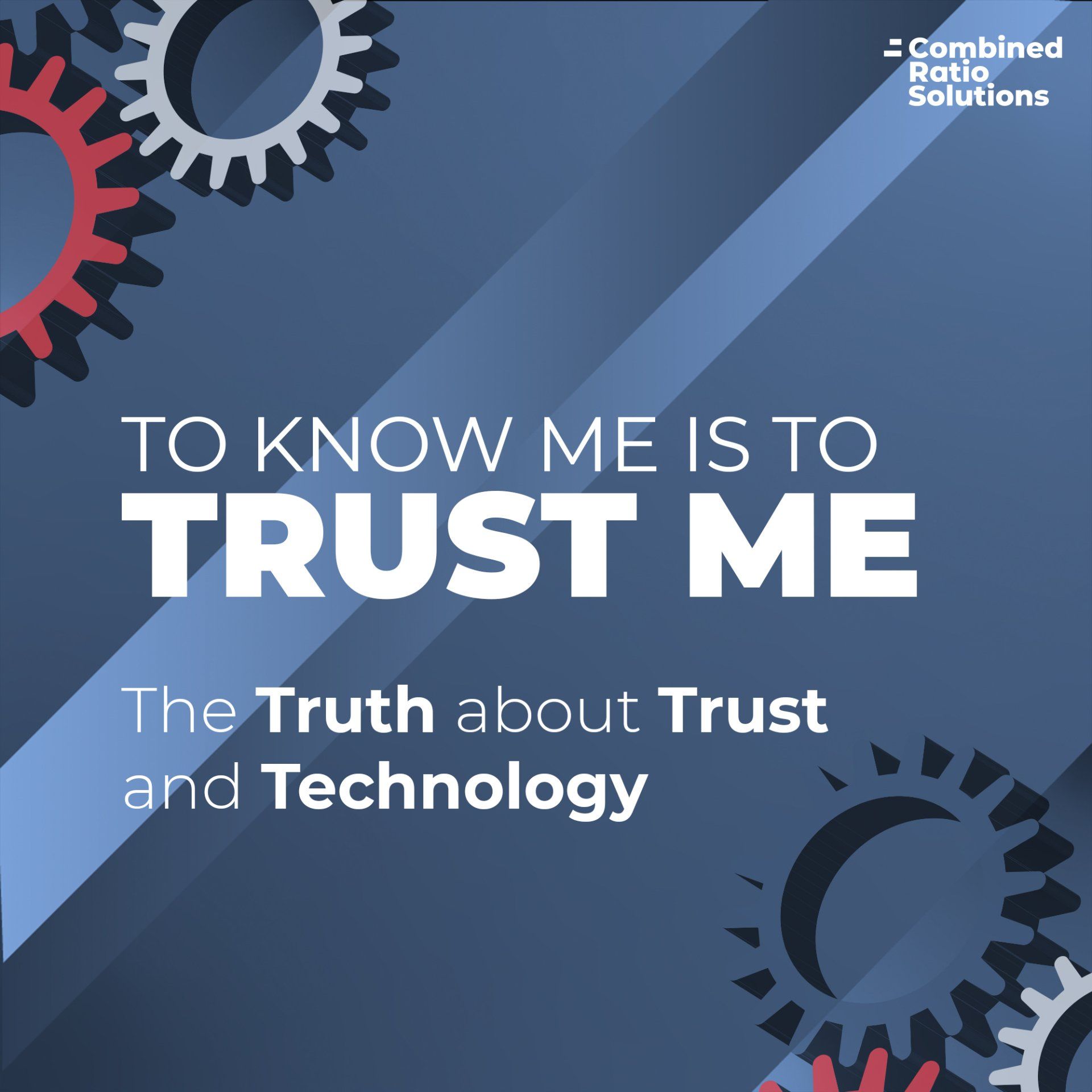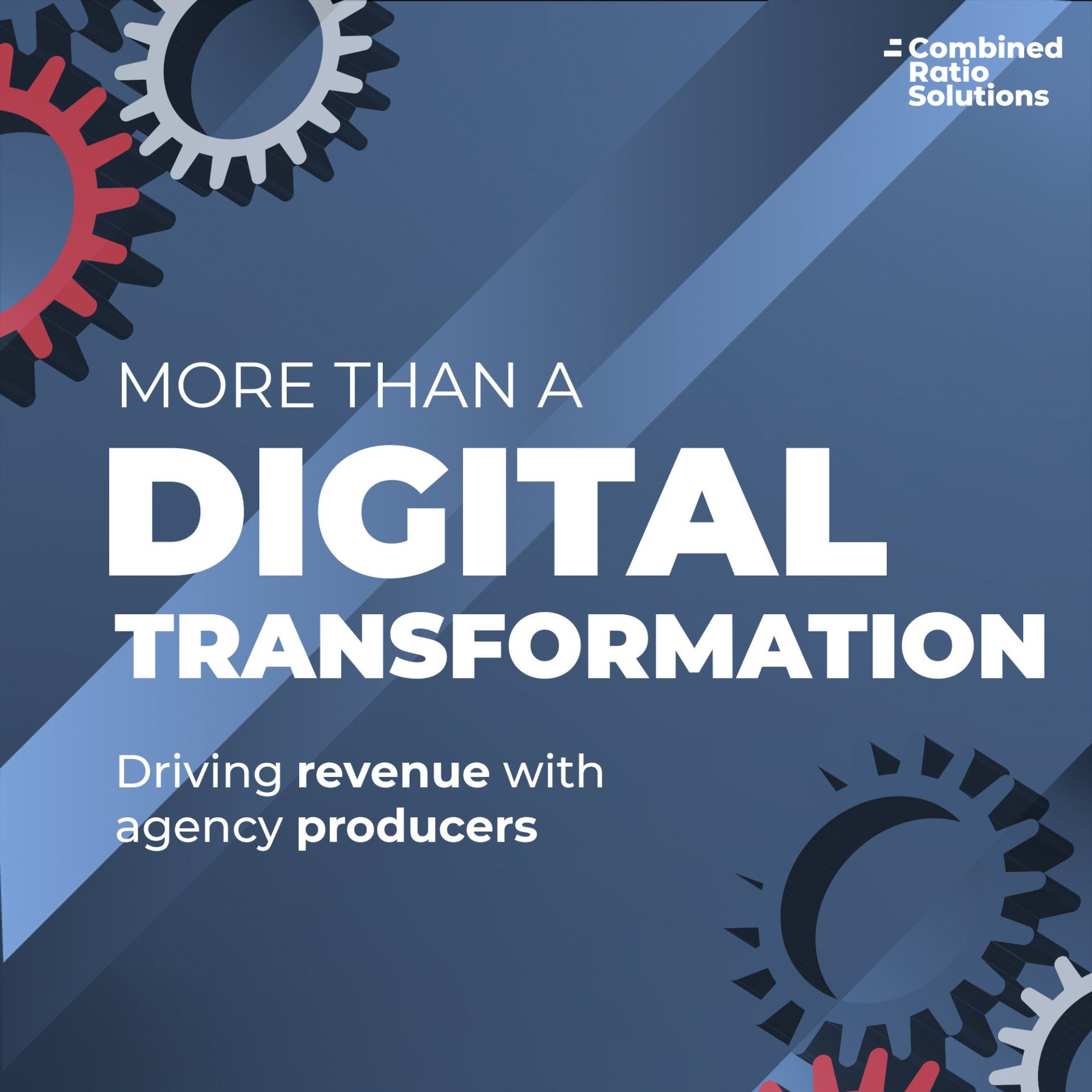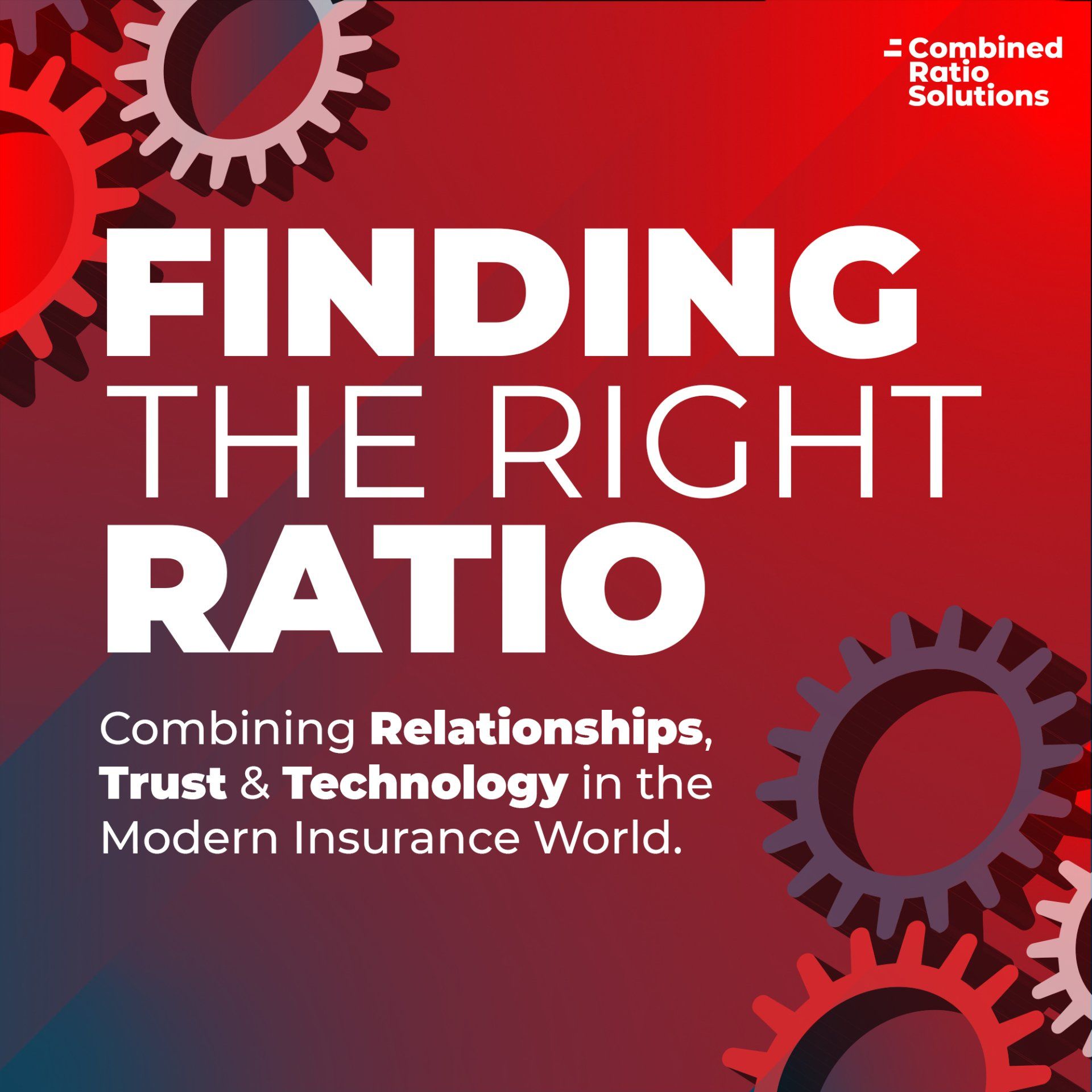The Mixology of the Modern Insurance Carrier
By Combined Ratio Solutions September 8th, 2021
”
The old saying “all things in moderation” rings true even when talking about technology’s transformational effects.
In this edition of “The Combined Ratio” we’re talking about how to create a cocktail for success, administering the right parts of transformation and adaptation for our Agency business. Maybe we’ll even give it a distinctive name - “the Tradaption”? So drink up…
In our blog series so far we’ve emphasize the importance of agency relationships. We concede that this has historically been achieved through professional know-how. Those skills that some would describe as intangible. The sales, marketing, and underwriting professionals we have relied upon are moving around as the landscape in insurance changes, perhaps even leaving us and taking their intangible skills with them resulting in something of a vacuum. The race is on to fill this void with technology, as we are encouraged to digitally transform. As we’ve said before, at CRS we promote balance. As a software and services company, clearly, we realize the power of technology, and as insurance veterans we also value the nuances of attending to the relationships in your agency business. It’s about finding the balance between technology and people. We’ve talked before about the facts and fictions of digital transformation, and today we introduce the idea that transformation is both too demanding and too misleading. What we really need to master is the mixology of digital transformation is digital adaptation to ensure we serve up a cocktail of success!
Complicated Cocktails
Digital Transformation is an overused phrase and seems to require constant re-definition. Its meaning appears to evolve at the same bewildering pace as the technologies that enable it. Digital Transformations seems to hijack people’s thoughts driving them to conclude that if answers are not digital and technological, they’re not answers! We don’t want to buck the trend of “constant re-defining,” so here goes; …” It’s the change associated with the application of digital technology in all aspects of human society. The transformation stage means that digital usages inherently enable new types of innovation and creativity in a particular domain, rather than simply enhance and support the traditional methods." It's "the creation of new business designs reached by the blurring, or merging, of the digital and physical worlds" according to Gartner, Inc. We might need a drink after that!
What is less appreciated, is it that this phenomenon requires that businesses continuously adapt. Customers are more demanding, the choice is broader, and competition appears from unexpected places (like Pie Insurance selling directly to the consumer). Skilled resources are scarce, and business is living in a constant state of change, meaning adaption must become a way of life. Innovative behavior is now table stakes forcing business leaders to continually adapt, looking forward, sideways and over their shoulders simultaneously.
In the blog “The Four Levels Of Digital Adaptation: Easy Concept And Guide” the authors make the point that; “Most companies love to think that they are surfing the digital loops. In reality, however, digital is more like a huge stream that changes everything in its way. Moreover, it also forces most of the organizations to rebuild their business models and operations.”
The Long Pour
Adaptation is an approach which does not subscribe to the wholesale “out with the old” and “in with the new.” In other words, by accepting that we need to adapt (on a continual basis) we are accepting the value in what have become apparently less fashionable practices. In the Agency management side of the Carrier business, that means the value we used to (and some of us still do) assign to the know-how of managing those agency relationships. Accepting that we can (and should) use technology to the greatest extent to gather, analyze and then codify the best behaviors of our agency management people, it remains a people business. We therefore need to adapt technology in a way that recognizes this value, better enabling our current and future agency sales, marketing, and underwriting professionals to protect our current business and win our “unfair” share of new business.
Despite changes in the business (for example, more CRM options) and even the broader social change we have experienced, our business goals remain consistent. Our mission (and that of your agency producers) is to best serve your customer (both agent and policy holder) by providing them with the best connected, singular, and most consistent insurance experience available. This has not changed.
The “Usual” Please?
Despite the proliferation of technology, it doesn’t change our mission. Most “missions” are generally some variation on a theme around serving our customers and agents with the best insurance experience available. Using technology is part of the “how.” But it’s not ALL of it. There’s still a role for people and relationships. It’s about assessing and combining these technologies (that seems to appear everyday) while retaining a key element in insurance – the mutual trust that emerges from great relationships. We can’t afford to lose our appreciation of the importance of overcoming suspicion, and then building and maintaining trust. Sometimes the rush into technological adoption threatens to dilute and then drown this aspect of the business and that’s where we need to find some balance. In the book “Digital Adaptation” by Paul Boag, he explores the idea of adaptation as a way of better understanding transformation and a method of introducing digital ideas that is less intimidating. We agree with his thoughts, and insist it’s not that we use “digital” it’s how, more specifically that we don’t allow it to overshadow the intangible aspects of relationship management, but that we look for it to help us improve these.
The Short Pour
That familiar bite from the short pour is the conversation regarding trust, which takes us all the way back to the introduction of this blog, when we used the phrase “my word is my bond.” Relationships are built on trust, and the opposite of trust is risk – a concept the insurance business is founded on. “Imagine a gap exists between you and something unknown. The gap between the known and the unknown is what we refer to as risk. Indeed, risk can be defined as managing the risk of uncertainty that matters.” (Rachel Botsman – “Who Can You Trust.”)
“The Combined Ratio” - What This Means to You and Your Team
It means (once more) we encourage balance. Don’t see digital as a transformation, but more of an adaptation. This will help us advance ideas in a more digestible fashion, while allowing the space to retain some of the human element – those intangible relationship skills we’ve talked about. It also gives us the space to figure out how to use these technologies to advance, improve, institutionalize, and scale those softer relationship skills through the use of the right technologies, even to the point of helping us overcome suspicion, and then building and maintaining trust - the foundations of any great relationship. We’ll order that one up next time, so until then, drink up and feel free to join the conversation, remembering of course…it’s your round – Cheers!
